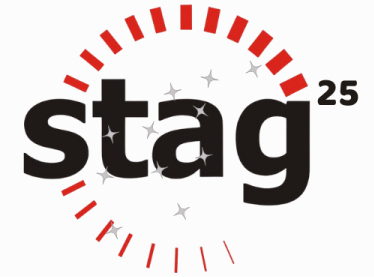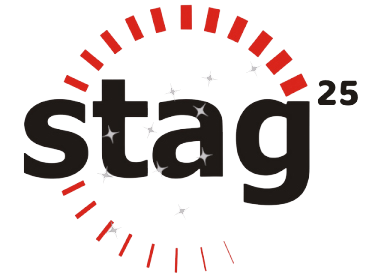STAG Software was working on a dashboard product aimed at the mobile telecommunications industry. It was being developed on the LAMP platform, which is a solution stack of free, open source comprising the Linux (operating system), Apache HTTP Server, MySQL (database software), and either Perl, PHP or Python.
The major user interface (UI) component of the product, which was the management UI, had the facility to configure key components, configure handsets, user management (create, modify and delete), upload audio/video clips for video on-demand and live viewing, pinning channels for streaming, display status of streaming servers, streaming sessions, assets as well as generating reports for asset inventory and streaming activity.
The scope of the project and range of features dictated that the project would not only be development intensive, but post-development there would also be an equally intensive testing and debugging stage.
STAG automated the execution of a number of product feature test cases.
400 FUNCTIONALITY TEST CASES AUTOMATED
As some of the product features reached stability, STAG automated the execution of their test cases. Validation of UI-based features was automated using IBM Rational Functional Tester (RFT). The non UI- based server-side features and the validation of the product installation process was automated using Perl.
RFT enabled to automate 400 functionality test cases out of a total of 600 test cases for the management UI. A data driven framework was developed with the ability to take input data for test cases from an Excel sheet. 400+ test cases were managed by developing a catalog of around 40 reusable library functions and 22 main test scripts. These same test scripts could be executed on multiple browsers i.e. Internet Explorer and Mozilla Firefox, which also enabled considerable time and effort savings. Moreover, some of the libraries developed could be used as project assets.
FASTER TIME-TO-MARKET, COST SAVINGS
Benefits of automating the test cases were:
- Test execution effort was brought down from 17 persons and machine hours to 7 machine hours
- 42 person days effort was taken to design, develop and test the scripts, which was considerably shorter then anticipated
- The testing team could focus more on other components/test cases, where manual intervention was essential
- Cost savings
- Faster time-to-market
——————
This case study was published in the IBM’s “The Great Mind Challenge for Business, Vol 2, 2011”. . The book recognizes visionary clients who have successfully implemented IBM software (RFT) solutions to create exceptional business value.


